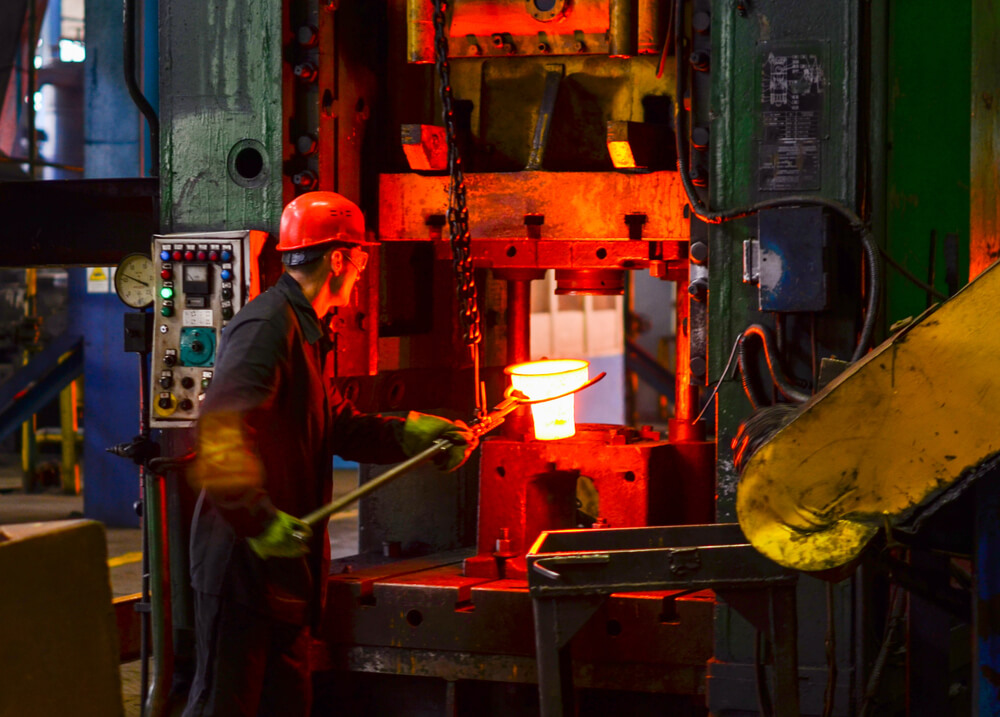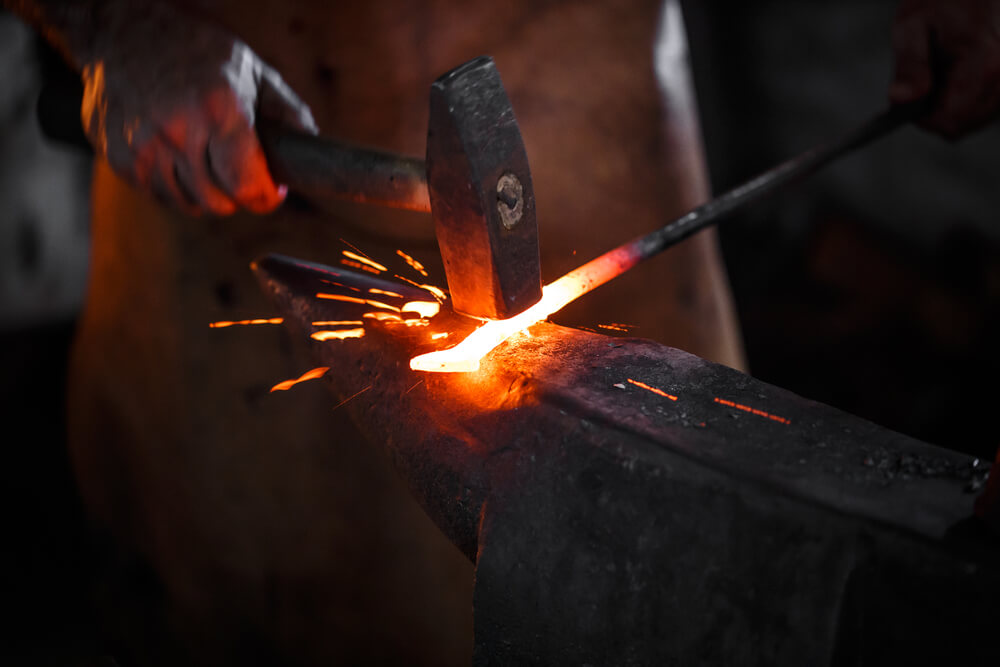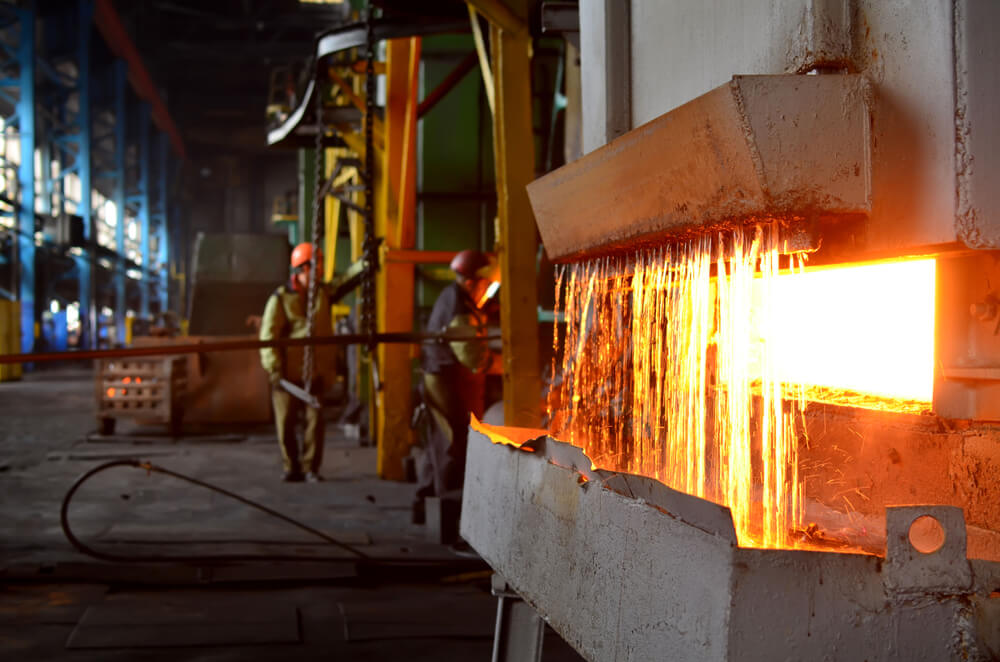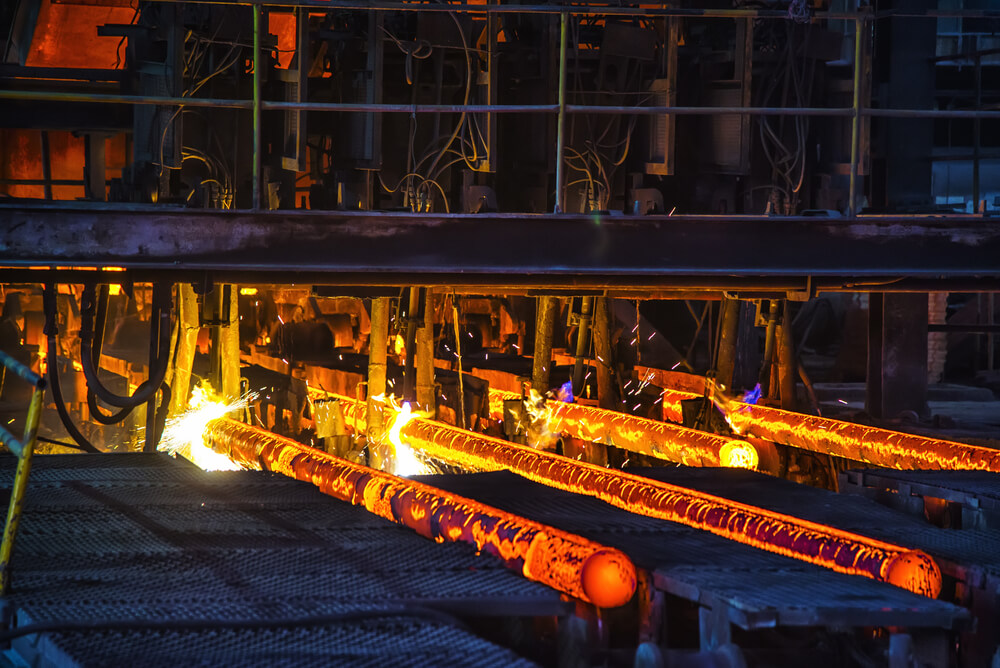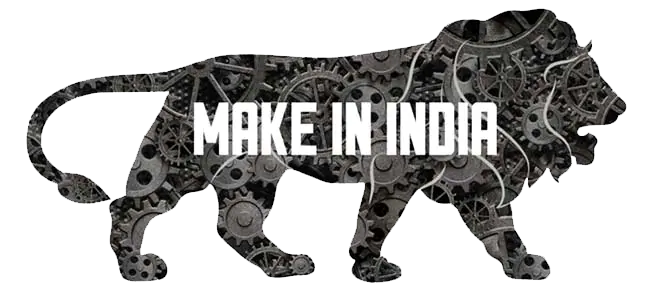Forging
Our forging vendors have the experience and resources to provide a one-stop solution to your needs. They can produce parts from non-ferrous/ferrous alloys that are fully customised to meet your industrial and company requirements.
In addition, our vendors are also proficient in performing rework or secondary operations on the products/parts (forged) which include heat treatment, surface treatment, finish machining and other types. If you are searching for the right forging partner with cutting edge technologies and an experienced team, you can find them with ease in our vendor database.
